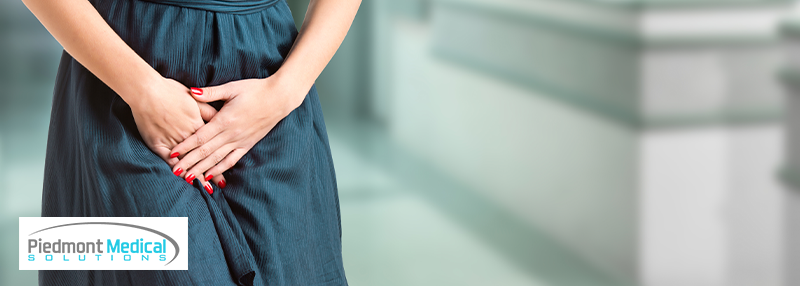Piedmont Medical Solutions
Updated 11:27 AM CST, Wed November 29, 2023
Published Under: Urological

Overactive bladder (OAB) is a common condition that affects millions of people worldwide. It is characterized by a sudden and urgent need to urinate, even when the bladder is not full. This can lead to frequent urination, urinary urgency, and urge incontinence (accidental leakage of urine).
Causes of Overactive Bladder
The exact cause of OAB is unknown, but it is thought to be related to a combination of factors, including:
-
Nerve damage: Nerve damage to the bladder or the nerves that control the bladder can cause OAB. This can happen due to a number of conditions, such as stroke, multiple sclerosis, Parkinson's disease, diabetes, or spinal cord injury.
-
Weak bladder muscles: Overactive bladder can also be caused by weak bladder muscles. This can happen due to aging, childbirth, or surgery.
-
Obstructions: Obstructions in the urinary tract, such as an enlarged prostate gland or bladder stones, can also cause OAB.
-
Medications: Some medications, such as diuretics, sedatives, and muscle relaxants, can cause OAB as a side effect.
-
Lifestyle factors: Certain lifestyle factors, such as drinking too much caffeine or alcohol, smoking, and being overweight or obese, can also increase the risk of OAB.
Symptoms of Overactive Bladder
The most common symptoms of OAB include:
-
Frequent urination: Urinating more than eight times a day
-
Urinary urgency: A sudden and urgent need to urinate
-
Urge incontinence: Accidental leakage of urine
-
Nocturia: Waking up at night to urinate
Diagnosis and Treatment of Overactive Bladder
OAB is diagnosed based on a medical history and physical exam. Your doctor may also order some tests, such as a urinalysis, cystometry (a test to measure bladder pressure), and urodynamic studies (a series of tests to assess bladder function).
There are a number of treatment options available for OAB. The best treatment for you will depend on the underlying cause of your OAB and your symptoms. Treatment options include:
- Lifestyle changes: Lifestyle changes, such as using a catheter, losing weight, quitting smoking, and limiting caffeine and alcohol intake, can help to improve OAB symptoms.
- Bladder training: Bladder training is a type of behavioral therapy that can help you to learn to control your bladder muscles and reduce the frequency of urination.
- Medications: A number of medications are available to treat OAB. These medications work by blocking certain nerve signals or by relaxing the bladder muscles.
- Surgery: Surgery is rarely necessary to treat OAB. However, it may be an option for people with severe OAB that does not respond to other treatments.
If you are experiencing symptoms of OAB, it is important to see a doctor to get a diagnosis and discuss treatment options. OAB is a manageable condition, and there are a number of effective treatments available. Most importantly, you are not alone and the experts at Piedmont Medical Solutions are here to support you and assist with any incontinence issues that arise to help you live a normal, worry-free life.

Comments